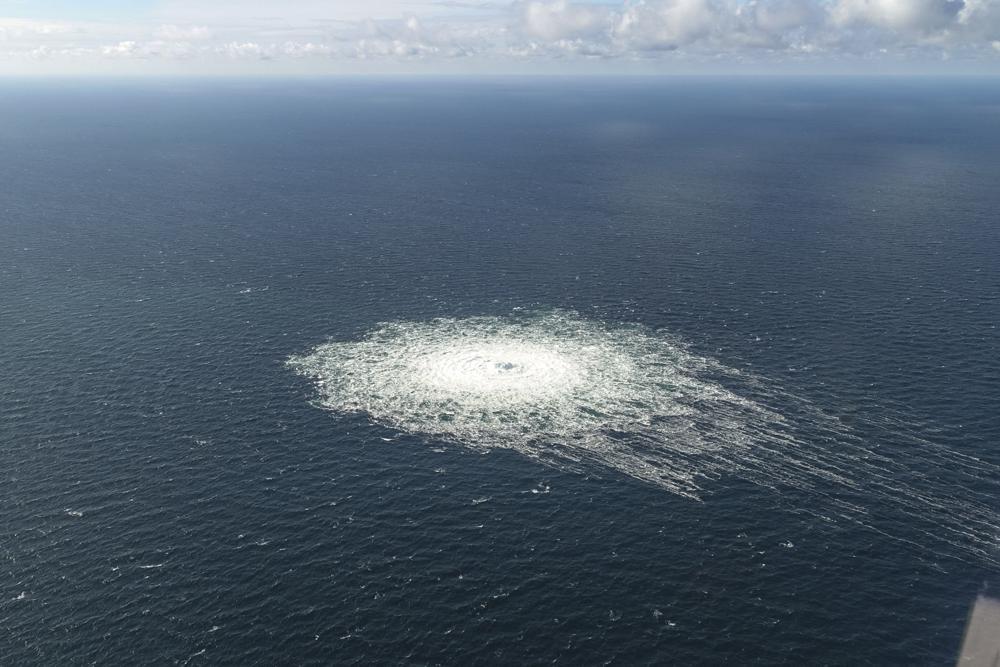European officials are investigating ruptures to the Nord Stream 1 and 2 gas pipelines, which run through the bed of the Baltic Sea from Russia to Germany, as apparent sabotage is feared.
The two offshore lines of the natural gas pipeline network were reported to have sustained “unprecedented” damage within 24 hours, according to Nord Stream AG, which operates the system.Pressure in the undersea Nord Stream 2 pipeline immediately dropped on the morning of Sept. 26, as gas bubbles started to churn on the surface, off the southern tip of the Danish island of Bornholm.





